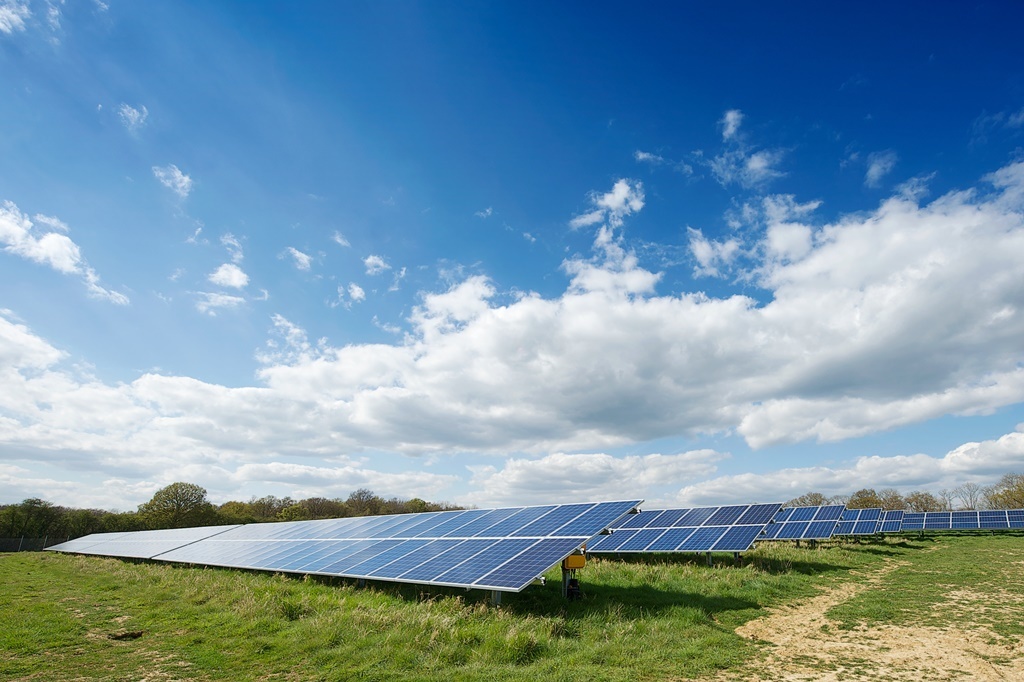
Power prices in the UK may fall below zero during some hours before the end of the decade as intermittent renewables output is poised to soar, according to National Grid Plc.
Negative power prices, already prevalent in markets from Germany to the Nordic region, occur when supply exceeds demand. Having to curb cheap supply from green power is a waste, Duncan Burt, the company’s head of commercial operations, said last week in an interview. To reduce bills and help balance the system, the UK’s biggest users should reduce consumption at times of peak demand and take advantage of periods with plenty of green power, he said.
The UK government plans to boost the share of energy demand met by renewables to 15 percent in 2020 from 5.3 percent in 2013, potentially boosting price swings. That may give users from factories to supermarkets a greater incentive to adjust consumption more actively, according to Burt.
“During the past five years, there has been little financial incentive for demand response to grow, but we see that is about to change,” he said. “Meeting demand is no longer something we can decide with the big utilities. We need to get industrial customers to play an active role.”
National Grid estimates that industrial and commercial users can create a buffer of 3 gigawatts worth of consumption by the end of the decade, or 5 percent of peak demand, that can be adjusted amid quick changes in renewables output. The grid will present the concept at a conference in London on Monday.
The company currently has contracts for 700 megawatts with users able to cut demand when requested.
Having 3 gigawatts of such flexibility available would save 200 million pounds ($310 million) a year and benefit consumers by 790 million pounds, taking into account avoided network costs and less use of coal- and gas plants as backup, according to National Grid estimates.
The UK was Europe’s largest market for new solar capacity in 2014, according to Bloomberg New Energy Finance in London. Installed capacity will rise 4.9 percent to 8.6 gigawatts by the end of the year from the start of this month, according to Eclipse Energy, a unit of McGraw Hill Financial Inc.’s Platts. The tipping point for negative prices is 10 gigawatts of renewable capacity, Burt said.
“We’re in a world now where demand is passive,” he said. “You can look at the day of the week, the time of day, and predict it, but that’s going to change. We’re looking at a fundamental change to how we calculate demand.”
Recommended for you
